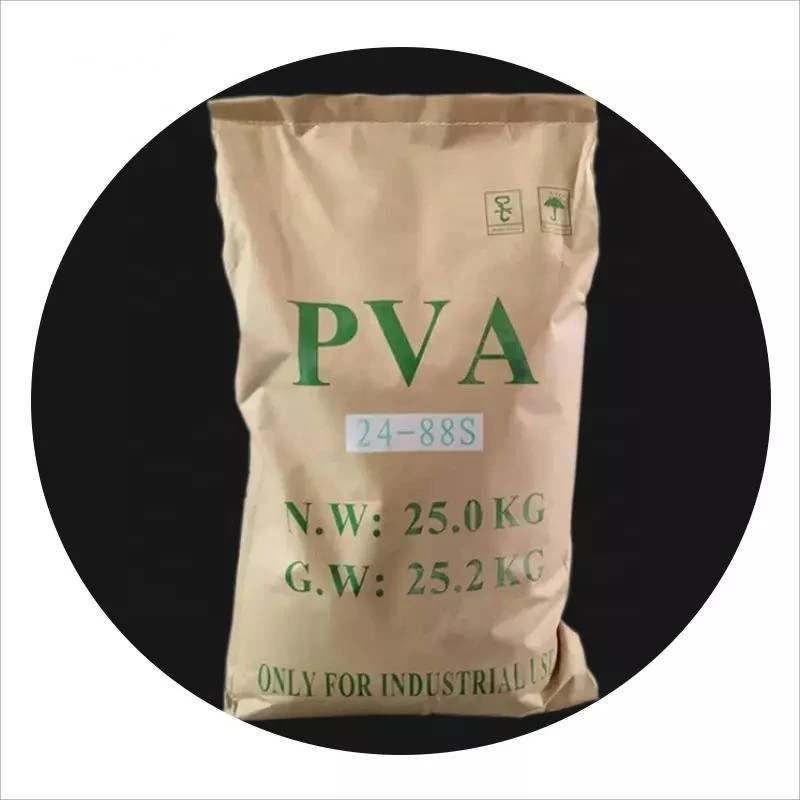Exploring the Role of Hydroxypropyl Methylcellulose (HPMC) in Chemical Applications
Hydroxypropyl Methylcellulose (HPMC) is a versatile cellulose ether widely utilized in various industries due to its unique properties and functionalities. As a non-ionic, water-soluble polymer, HPMC plays a crucial role in chemical applications ranging from pharmaceuticals to construction materials, enhancing performance and stability across different formulations.
Composition and Properties of HPMC
HPMC is derived from cellulose, which is a natural polymer obtained from plant cell walls. The modification process involves the introduction of hydroxypropyl and methoxy groups, which significantly alter the solubility and viscosity of the cellulose. This modification allows HPMC to dissolve in cold water, creating a thick, stable gel that can be easily manipulated for various chemical processes.
One of the most notable properties of HPMC is its ability to retain water. This hydrophilic characteristic makes it an effective thickener, emulsifier, and stabilizer in various formulations. Additionally, HPMC exhibits excellent film-forming capabilities, making it ideal for creating protective coatings in both pharmaceutical and industrial applications.
Applications in Pharmaceuticals
In the pharmaceutical sector, HPMC serves multiple functions. It is commonly used as a binder in tablet formulations, enhancing the cohesion of powdered ingredients and ensuring uniformity during manufacturing. Moreover, HPMC acts as a controlled-release agent, allowing for the gradual release of active ingredients over time. This feature is particularly beneficial in designing extended-release medications, where maintaining therapeutic levels is critical for patient management.
chemic hpmc

HPMC is also found in topical formulations, such as creams and gels, where its water-retaining properties contribute to skin hydration and improved texture. By forming a barrier on the skin's surface, HPMC provides a protective layer that enhances the efficacy of the active ingredients while minimizing irritation.
Role in Construction and Building Materials
Beyond the pharmaceutical industry, HPMC has gained acceptance in the construction sector. It is used as an additive in cement-based products, such as mortar and plaster. The incorporation of HPMC improves workability, allowing for better adhesion and spreadability of the mixtures. Its water-retention capacity also extends the open time of the products, providing builders with greater flexibility during application.
Additionally, HPMC helps reduce dust formation during application, thereby contributing to a safer working environment. The polymer's film-forming ability improves the moisture retention of the applied surfaces, leading to more efficient curing processes and enhanced durability of the finished structures.
Conclusion
In summary, Hydroxypropyl Methylcellulose (HPMC) is a multifunctional polymer that plays a critical role in various chemical applications. Its properties of water solubility, film formation, and viscosity enhancement make it an invaluable component in pharmaceuticals and construction materials. As industries continue to evolve, the demand for such versatile materials is expected to rise, further solidifying HPMC's position as a key player in the realm of chemical applications. Whether in the formulation of life-saving medications or in innovative building solutions, HPMC stands out as a testament to the power of chemistry in improving our everyday lives.
-
Rdp Powder: Key Considerations for Wholesalers in the Building Materials IndustryNewsJul.08,2025
-
Key Considerations for Wholesalers: Navigating the World of Hpmc - Based ProductsNewsJul.08,2025
-
Hpmc Detergent: Key Considerations for WholesalersNewsJul.08,2025
-
Key Considerations for Wholesalers: China Hpmc For Tile Adhesive, Coating Additives, Concrete Additives, and MoreNewsJul.08,2025
-
Crucial Considerations for Wholesalers: Navigating the World of Construction MaterialsNewsJul.08,2025
-
Key Considerations for Wholesalers Sourcing Additive For Cement, Additive For Concrete, Additive For Putty from Additive Manufacturer Shijiazhuang Gaocheng District Yongfeng Cellulose Co., Ltd.NewsJul.08,2025




